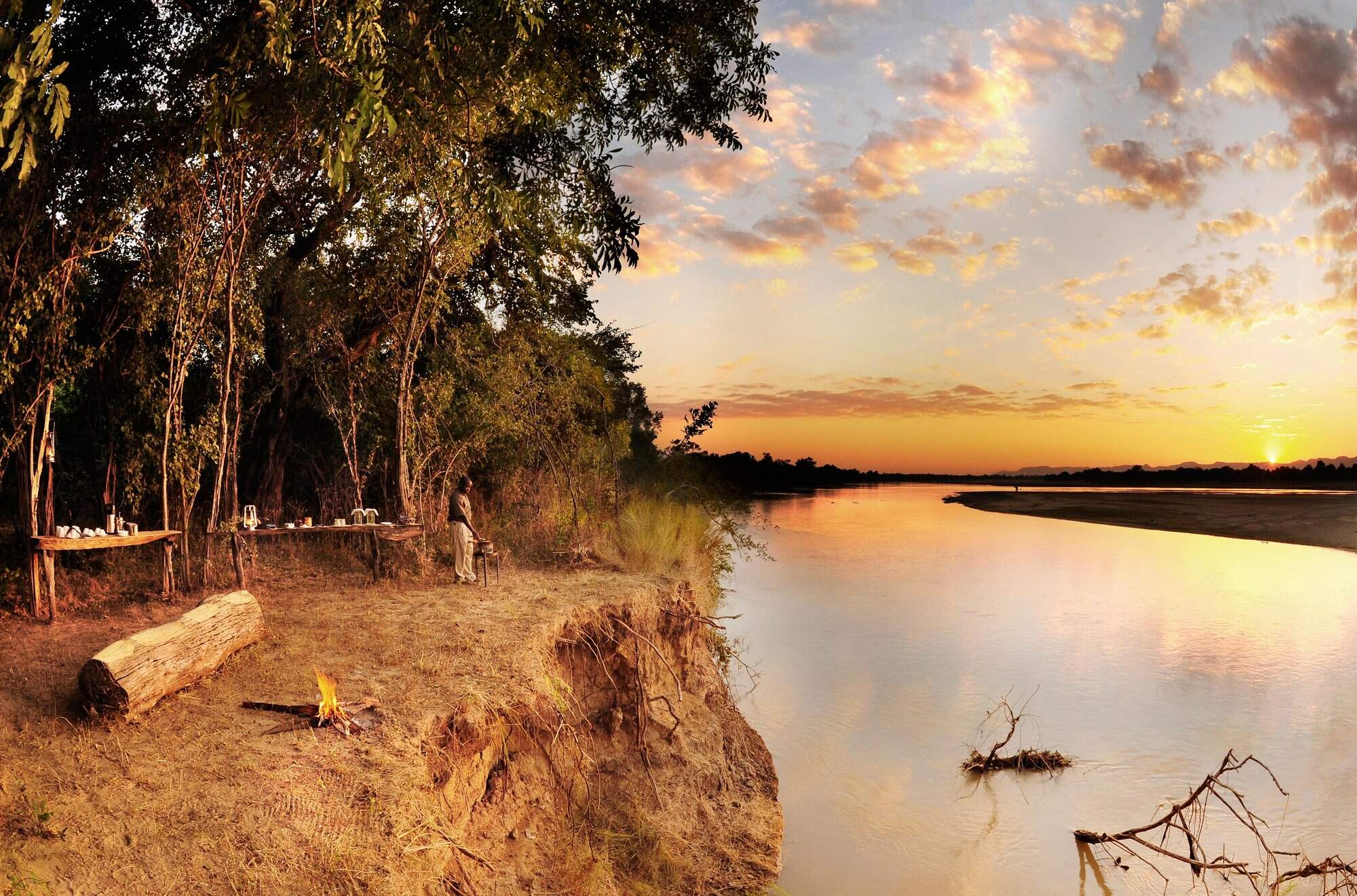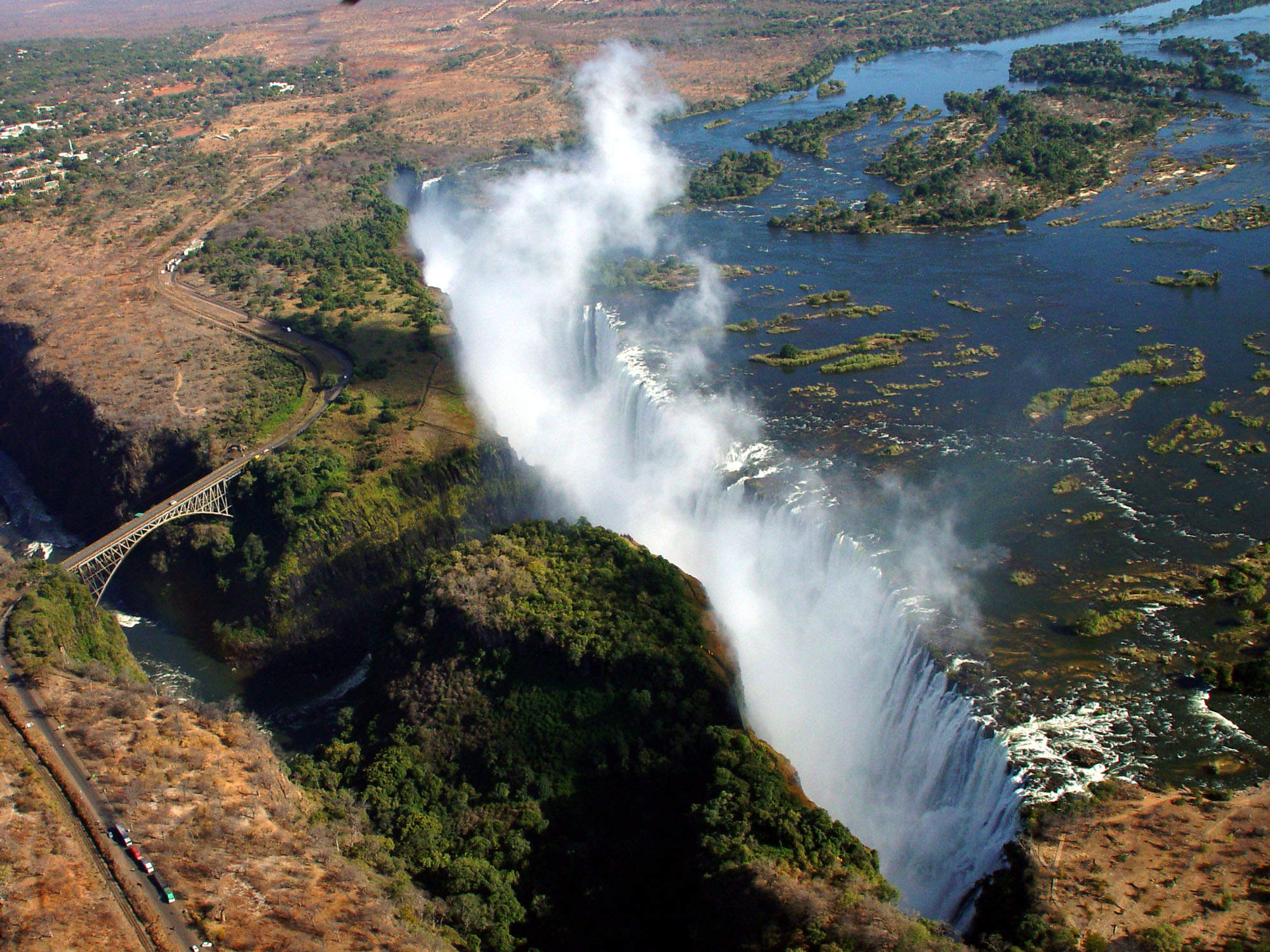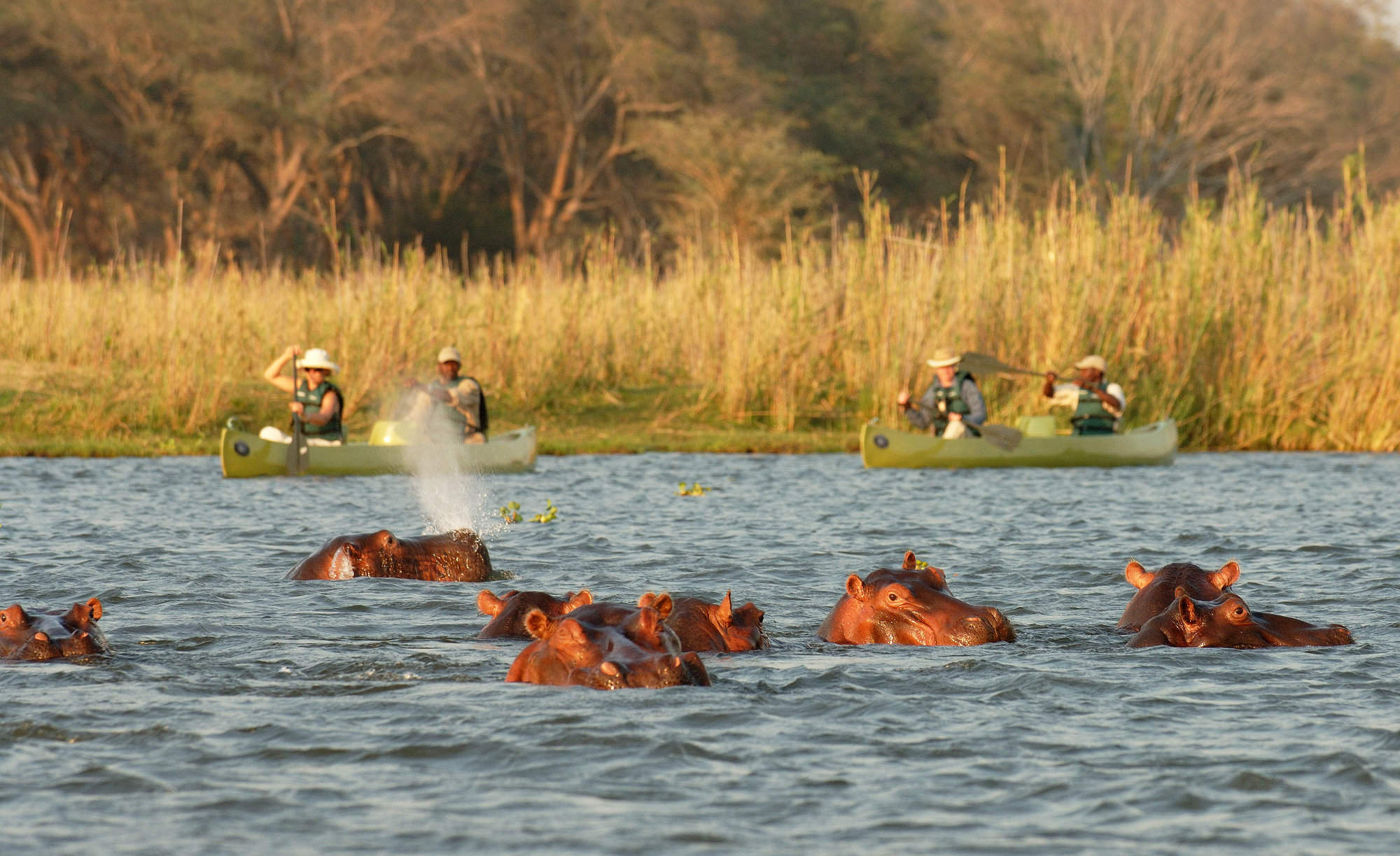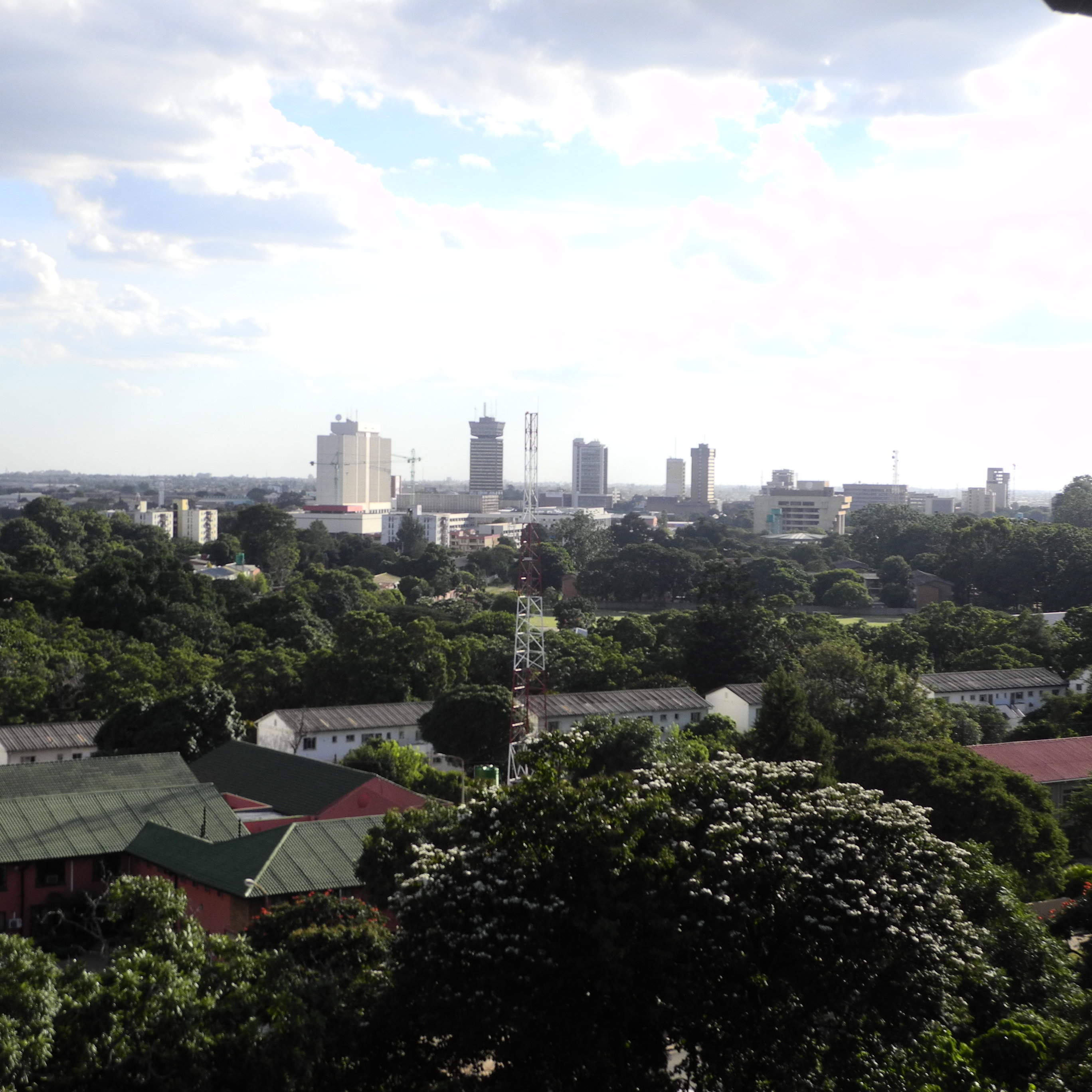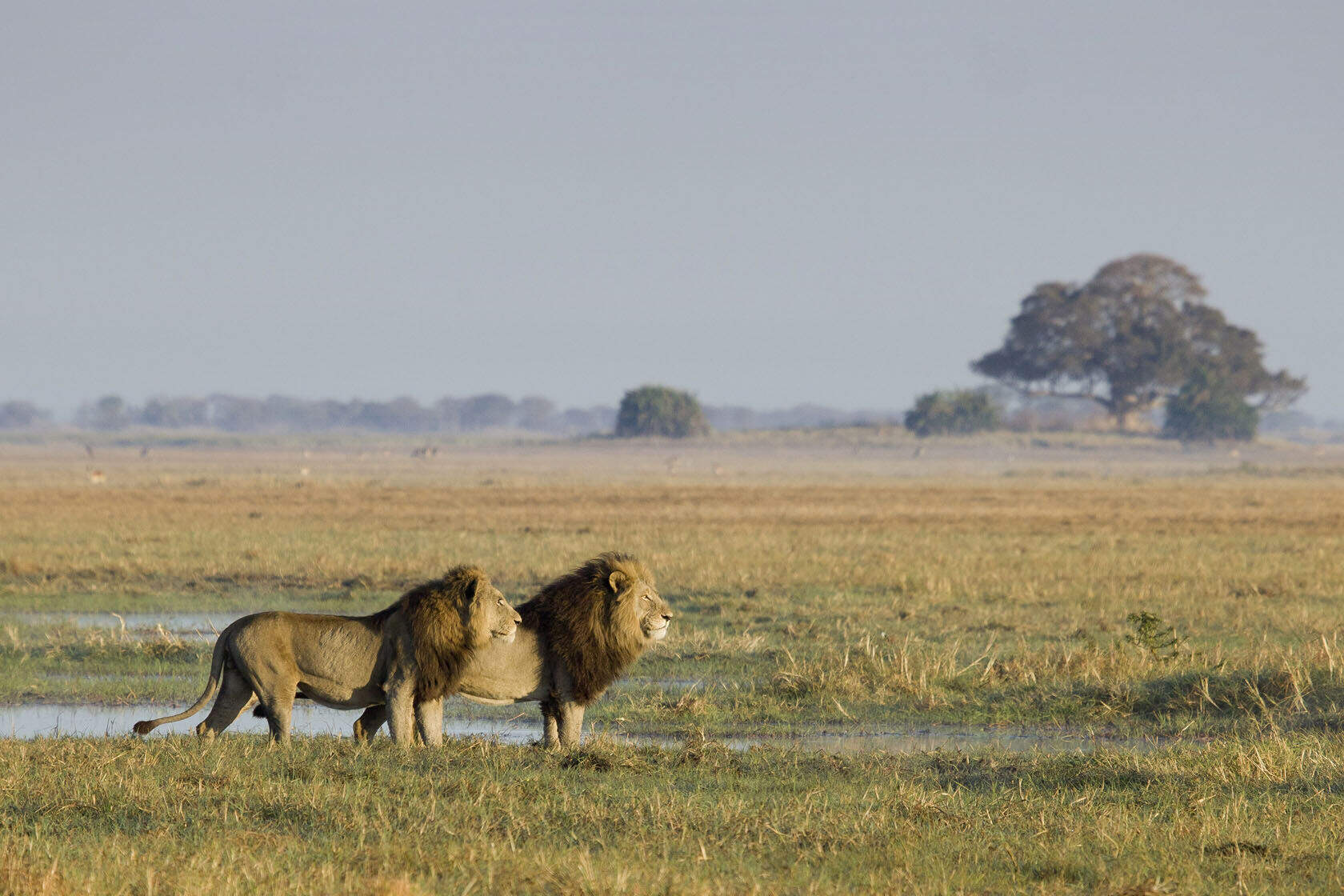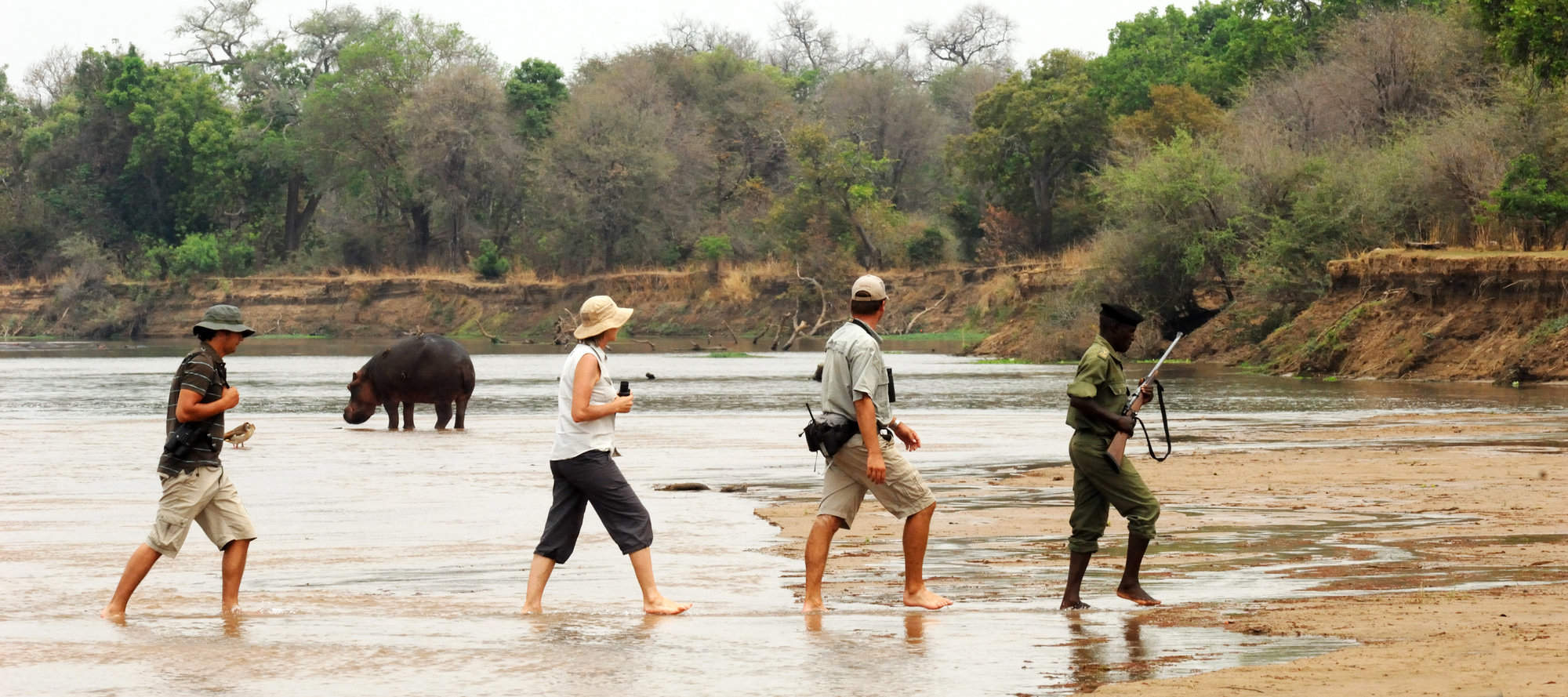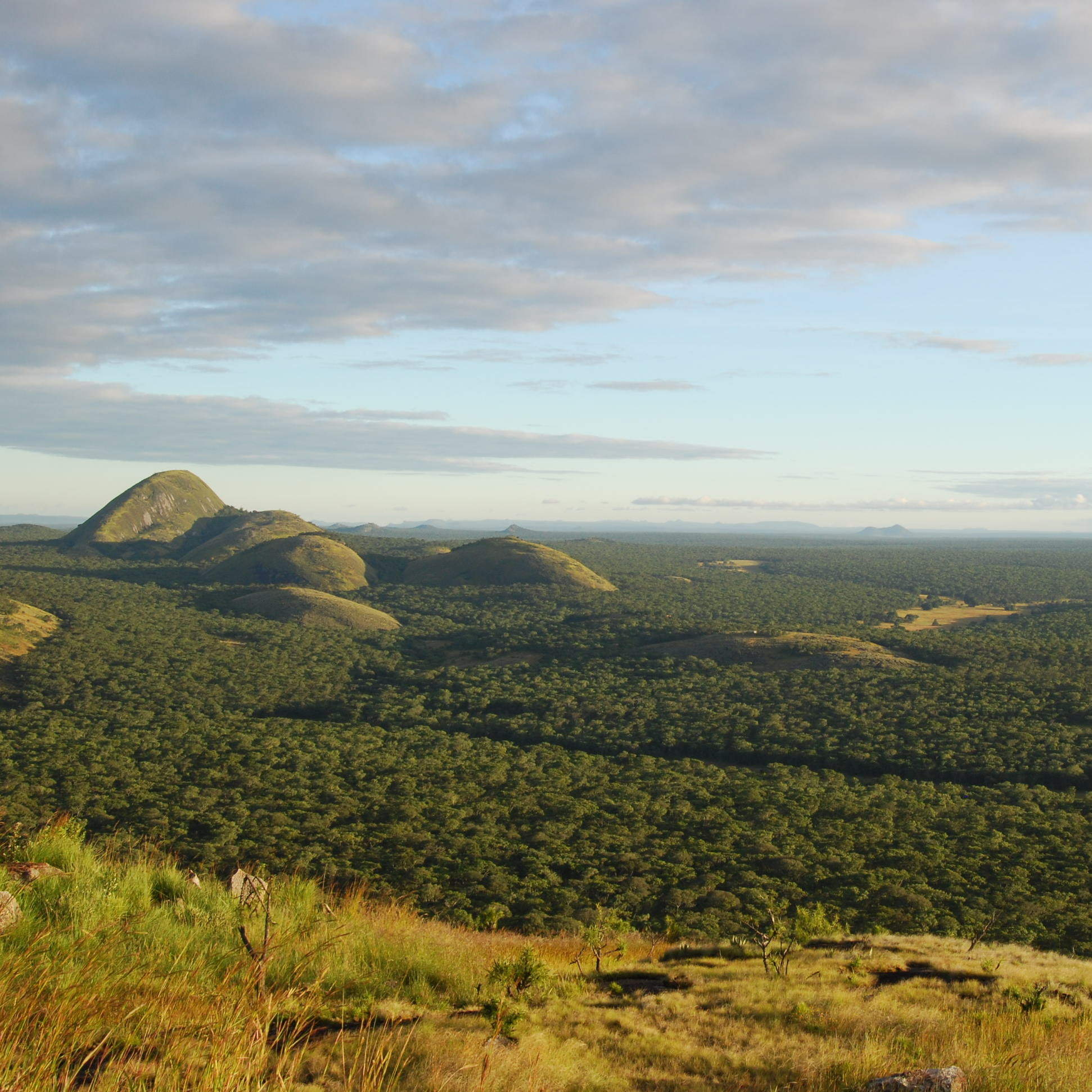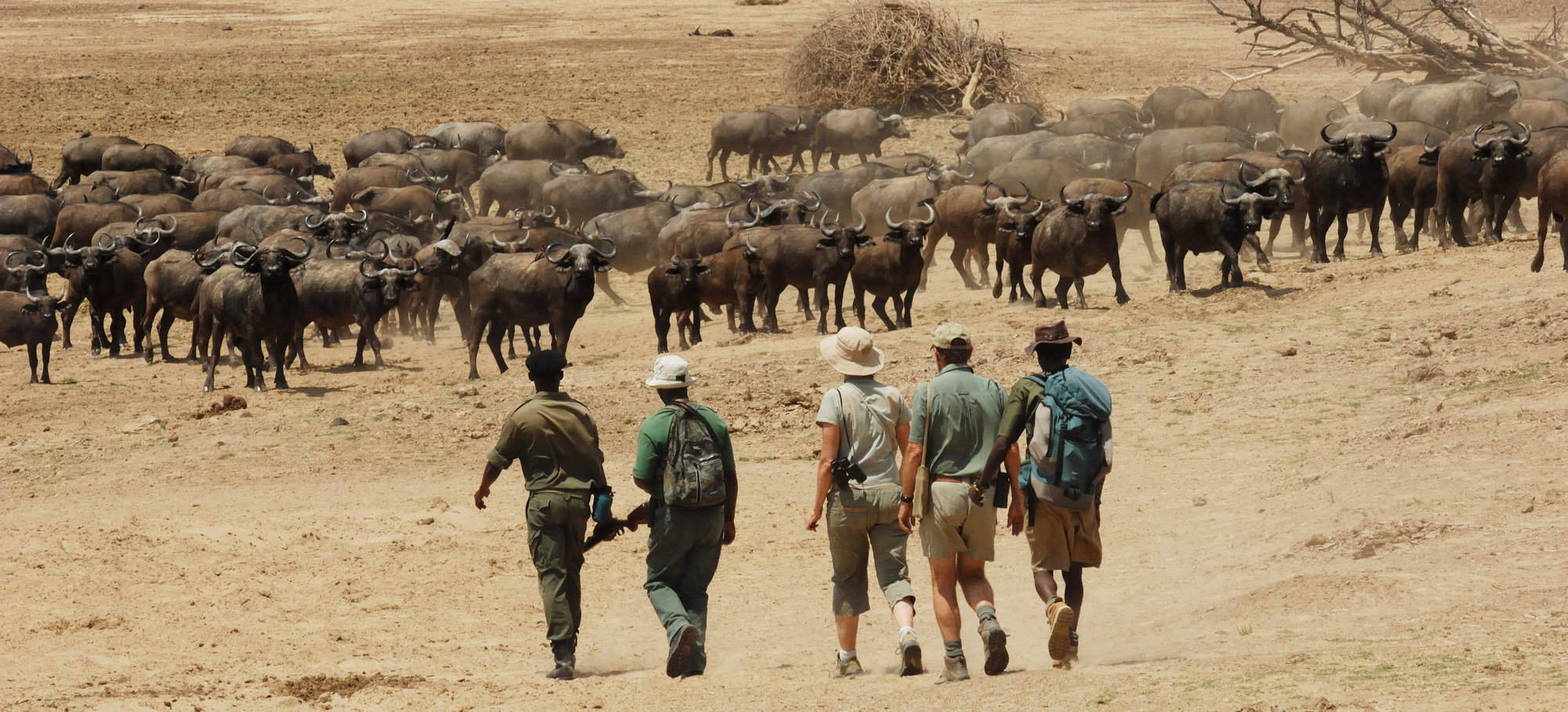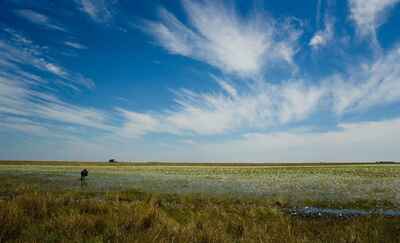
Remote and wild Liuwa Plain in western Zambia.
The park's first permanent camp open in 2017
...King Lewanika Lodge, in the heart of the park
Blue wildebeest on Liuwa Plains
Everyone adapts to the flood waters on Liuwa
Inquisitive hyenas approach the camp fire
Liuwa Plain National Park
Liuwa Plain National Park
Once the hunting ground of the King of Barotseland, Liuwa Plain remains wild and exclusive, underpinned by a truly remote setting.
Barely a decade ago, Liuwa was almost entirely expedition territory, requiring at least two sturdy 4WD vehicles – and the know-how to drive them. Mobile safaris were in on the act, but for others the park was almost off limits.
Now, with a permanent lodge, a trickle of new visitors can share in the secret. Transferred by helicopter from the outpost airstrip at Kalabo, they find themselves in a traditional yet luxurious safari environment where few outsiders have trod.
Wide, open grasslands define this isolated park, stretching to the horizon across some 3,660km2, the view broken only by the occasional tree-island.
As the rains build towards the end of each year, shoots of new grass attract herbivores in their thousands, making Liuwa home to one of the largest annual gatherings of wildebeest in Africa.
In their wake come huge herds of zebra and red lechwe, while hot on their heels are the predators. Lion, cheetah and spotted hyena: all are returning to the plains after years of poaching.
Here and there, dips in the ground create shallow pans where water may linger long after the rains, providing sustenance for animals that gradually dissipate as the land dries out.
Around the pans, water birds jostle for position with terrestrial wildlife. Storks, stilts, wattled and crowned cranes dominate the scene, their scavenging cousins never far away in anticipation of a tasty meal. With the number of species identified in the park nearing 335, Liuwa is a birder’s mecca.
No matter what your interest, exploration is dictated by the seasons: 4WD in the drier months, canoe and on foot as the plains are flooded. Perhaps it’s that very seasonality that – now more than ever – defines the timeless appeal of Liuwa.
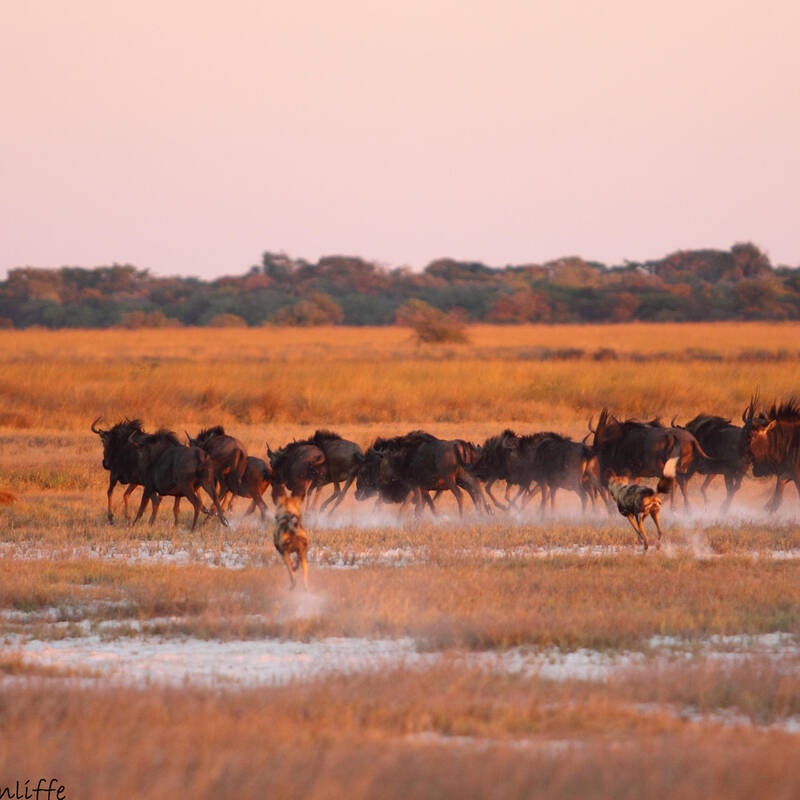
Safaris visiting Liuwa Plain
Just ideas, we'll always tailor-make a trip for you
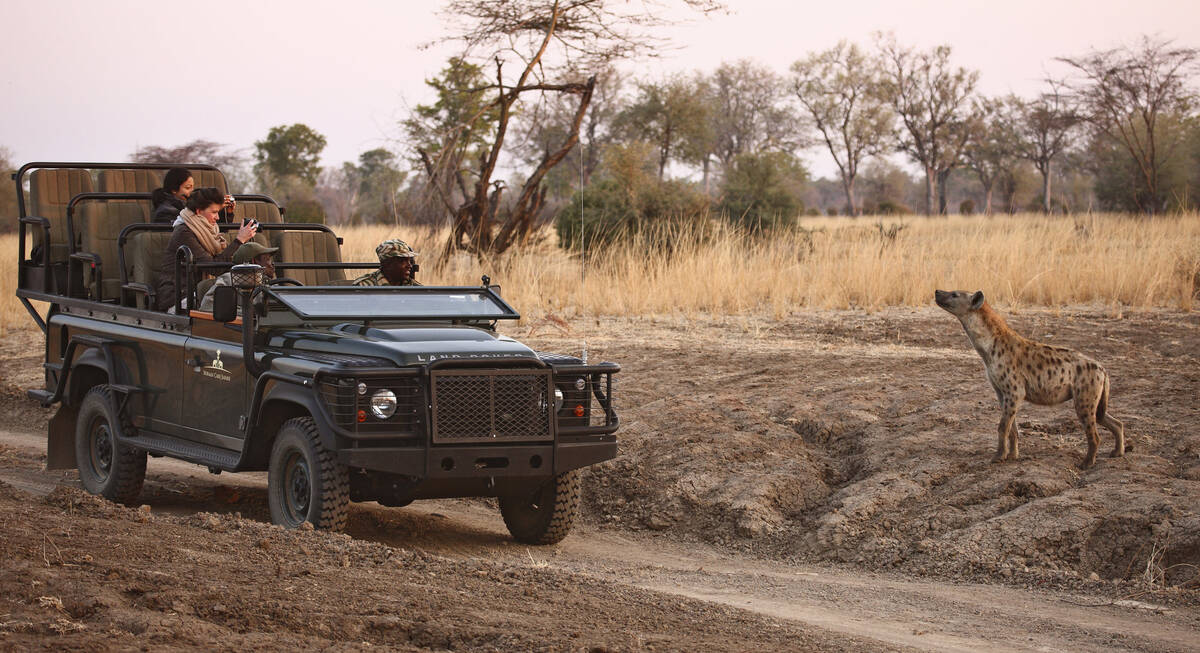
Puku Safari
11 days • 3 locations
LUSAKA AIRPORT TO LIVINGSTONE AIRPORT
Discover South Luangwa’s prolific wildlife before exploring the wildly remote pans of Liuwa Plain National Park and relaxing in one of the Livingstone area’s most romantic and exclusive hideaways. A safari of luxury, style and impressive diversity.
US$13,200 - US$18,440 per person
Most recent reviews of our safaris to Liuwa Plain
Click below to browse all 8 reviews from Liuwa Plain National Park. All from our travellers; all are in full & unedited.
Arrived 21 Oct 2021, 19 nights
"My Oct 2021 trip"
Overall rating: Excellent
Arrived 14 Nov 2019, 11 nights
"My Nov 2019 trip"
Overall rating: Excellent
Arrived 13 Nov 2016, 17 nights
"My Nov 2016 trip"
Overall rating: Excellent
Arrived 6 Jun 2014, 14 nights
"My Jun 2014 trip"
Overall rating: Excellent
Arrived 3 Jun 2013, 12 nights
"Liuwa to Luangwa"
Overall rating: Excellent
Where to stay in Liuwa Plain
Our suggestions for safari camps in Liuwa Plain National Park
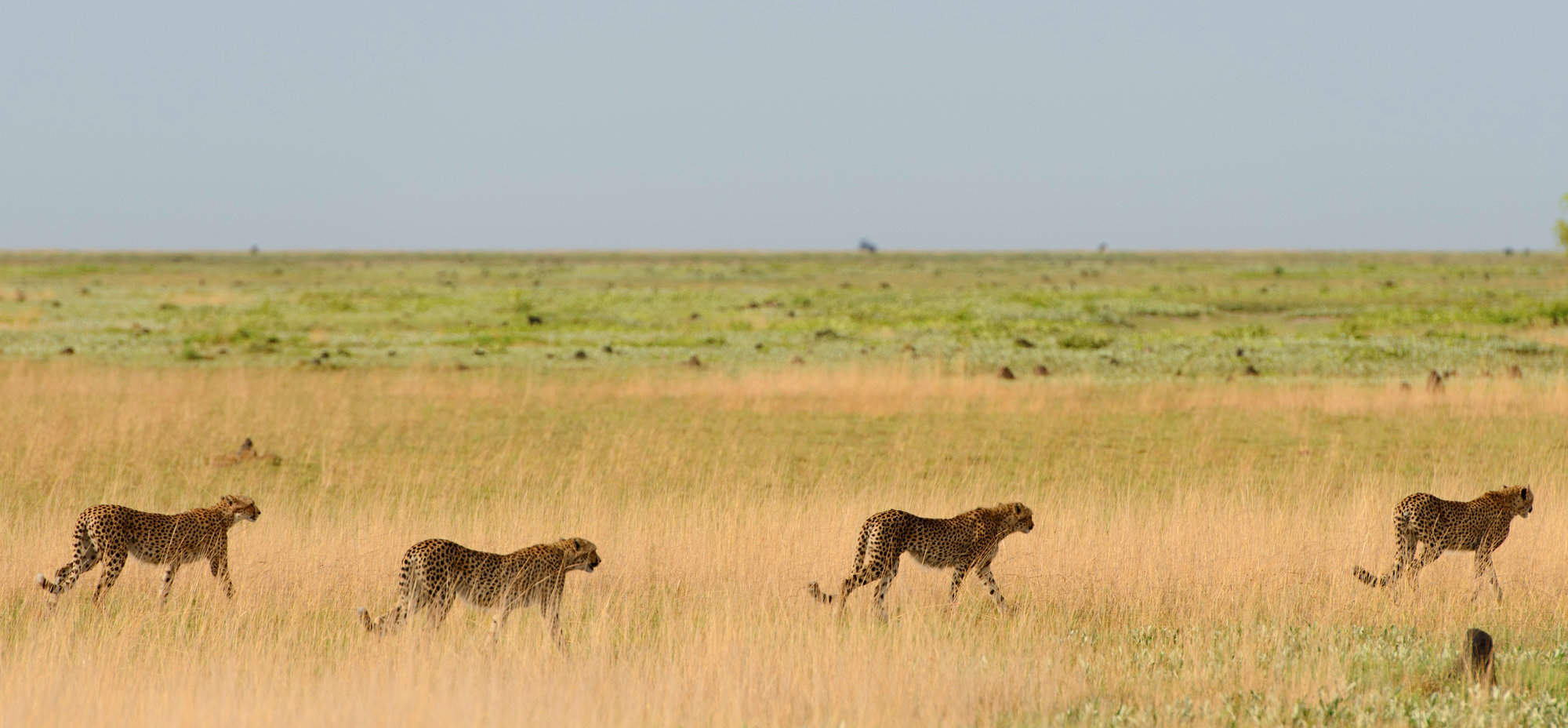
Matamanene Camp
Matamanene Camp, in the heart of Liuwa Plains National Park, is the only safari camp for hundreds of miles – it's in one of the most remote corners of Africa.
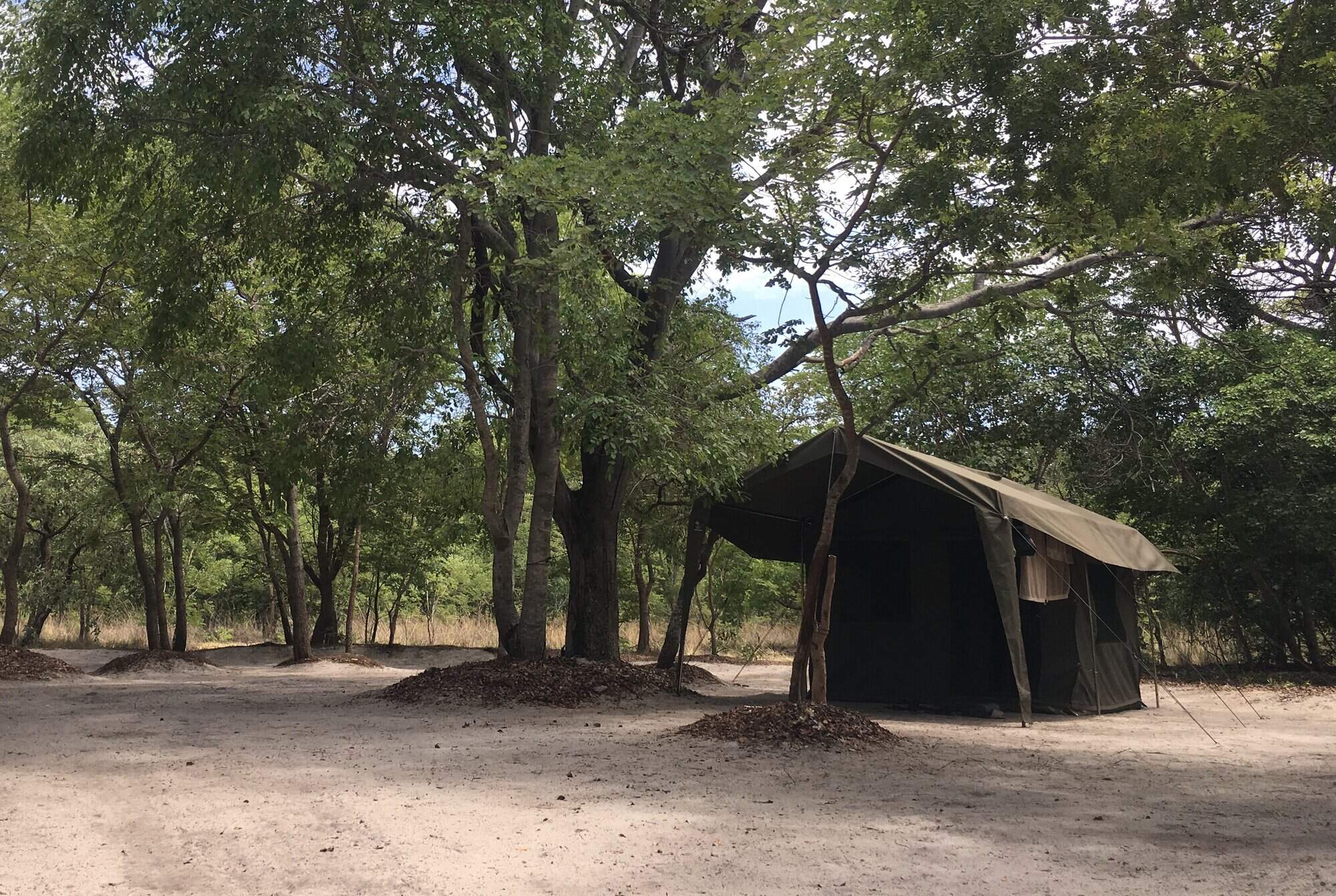
Liuwa Plains Mobile Safari
Liuwa Plains Mobile Safaris offer a remote and authentic safari adventure, into the heart Liuwa Plain National Park.
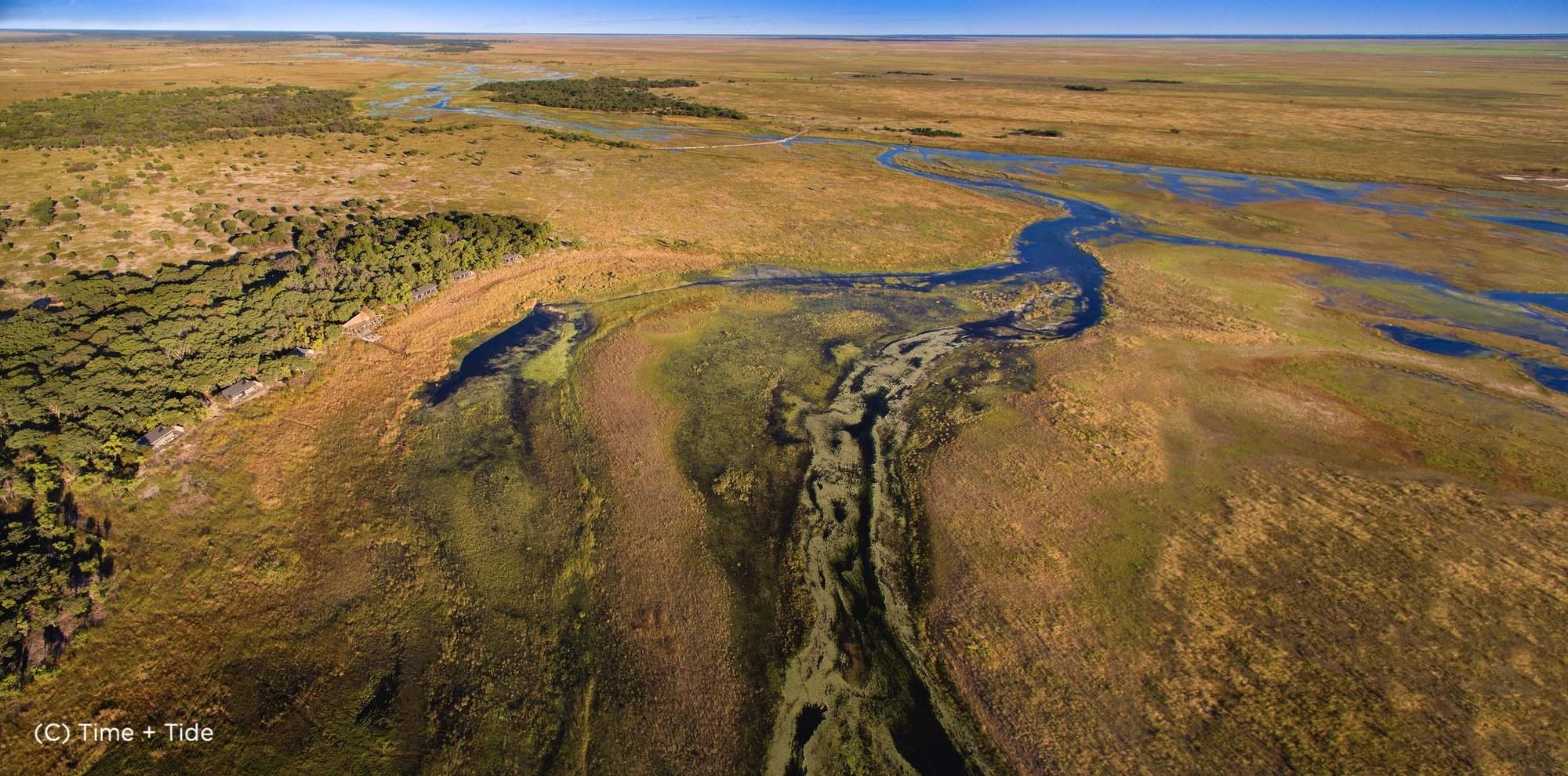
King Lewanika Lodge
King Lewanika Lodge, opened in 2017, is the only permanent safari camp in Liuwa Plain National Park.
Our travellers’ wildlife sightings in Liuwa Plain
This is their success for sightings in Liuwa Plain National Park. Click on a species for more detail. How we work this out.

100% success

100% success

100% success

100% success

100% success

0% success

0% success

0% success

0% success

0% success

0% success

0% success

0% success

0% success
When to go to Liuwa Plain National Park
Our month by month guide: What it's like to visit Liuwa Plain in Zambia
Jan
Feb
Mar
Apr
May
Jun
Jul
Aug
Sep
Oct
Nov
Dec
Zambia in January
At the peak of Zambia’s rainy season, you can expect heavy rainfall for a few hours most days, with sunny spells in between. Temperatures remain high, reaching over 30ºC, with high humidity. The rainfall is yet to make a significant difference to the Victoria Falls, and the flow of water here remains low. The landscapes are green and lush and the air crystal clear, but with the abundance of water the wildlife disperses, and the thick bush can restrict sightings. It severely limits walking safaris too. Migrant birds boost the species count at this time.
With seasonal rivers in flood and dirt roads and airstrips unusable, many camps in Zambia become inaccessible, and close. Only a few lodges in the central Kafue and the South Luangwa remain open. Few people visit in January, so the parks are incredibly quiet and the camps charge their lowest rates.
- Peak of rainy season: hot & humid, with rain for a few hours most days
- Majority of camps closed throughout the month
- Bush incredibly green & lush, with clear air – great for photography
- Big game dispersed & thick bush makes sightings difficult
- Very few visitors: the cheapest time to visit
Our view
This is not a great time to visit
Weather in January
Zambia in February
February remains in the heart of the rainy season, with dramatic thunderstorms delivering a few hours of rain most days, interspersed with clear sunny skies. There is still an abundance of water in the environment, dispersing game and closing camps. With the thick bush, game viewing is limited and walking safaris restricted, but the swollen rivers allow some activities that would be unavailable in the dry season, such as boat trips on the Luangwa River.
After a couple of months of rain, water will once more be making its way to the Zambezi River, and the flow of water over the Victoria Falls will start to pick up.
Visitor numbers and costs at the few open camps remain low.
- Peak of rainy season: hot & humid with rain for a few hours most days
- Most camps closed throughout the month
- Bush lush & green: good for photography but poor for game viewing
- Very few visitors, & the cheapest time to visit
- Water levels at Victoria Falls still low, but starting to pick up
Our view
This is not a great time to visit
Weather in February
Zambia in March
March is the last month of the rainy season in Zambia, and there are still heavy downpours most days. Water levels are at their highest making it difficult to get around the country. Temperatures still reach over 30ºC most days, too, with the rain causing high levels of humidity.
Many camps remain closed, and the thick bush limits game viewing and walking safaris. However, many animals are raising young at this time of year, with predators taking advantage of the easy prey, so sightings can be incredible, if sporadic. Wild dogs in the South Luangwa are particularly active at this time of year. With clear air and increasingly frequent blue skies as a backdrop, photography can be spectacular. The birding remains excellent as thousands of birds prepare for their winter migration.
- Peak of rainy season, hot & humid, with rain for a few hours most days
- Majority of camps closed throughout the month
- Bush remains green & lush: good for photography but poor game viewing
- High abundance of animals with young
- Very few visitors, & the cheapest time to visit
Our view
This is not a great time to visit
Weather in March
Zambia in April
As the rains change from intense downpours to lighter and sporadic showers, April is very much a transitionary period in Zambia. The landscape remains exceptionally green and lush, with sparse viewing of larger wildlife.
Although camps start to reopen in April, most remain closed, and others that were open at the start of the year may shut to prepare for the coming dry season. This is the first month of the year when it’s possible to visit the Lower Zambezi.
The Zambezi River will be at its highest level with the Victoria Falls in full flow, but with huge amounts of spray kicked up views of the waterfall are often obscured.
- Tail end of the rainy season; hot & humid with light rain most days
- Some camps reopen; possible to visit the Lower Zambezi
- Bush still green & lush: good for photography; poor for game viewing
- Victoria Falls in full flow but with poor views
- Very few visitors, & the cheapest time to visit
Our view
This is not a great time to visit
Weather in April
Zambia in May
May is typically the first month of the dry season. While there is the chance of an odd shower, the majority of days are clear and sunny. As winter approaches, temperatures start to drop, with most days reaching highs of around 26ºC.
As the landscape dries out, access to the parks improves, and all but the most remote bushcamps reopen. After five months of rain there is still a lot of standing water, but despite the thick bush May marks a distinct improvement in game viewing, and clear air is a continuing bonus for photographers.
The end of the month can be a popular time for visitors, taking advantage of typically good weather, improved game viewing, and the last of the low-season rates offered by the camps.
- Start of the dry season in a typical year, with mostly clear & sunny
- Majority of camps open
- Bush still green & lush, with clear air for photographers
- Game viewing starts to improve
- Last month of low rates at the camps
Our view
A good time to visit, with pros & cons
Weather in May
Zambia in June
Zambia sees virtually no rainfall in June, with a strong chance of sunny days throughout. The humidity drops dramatically and, as winter approaches, temperatures reduce, falling to around 10ºC at night but still warming to 25ºC during the day.
The landscape remains lush but the bush starts to die back significantly, improving visibility for game viewing and walking safaris. All the camps in the South Luangwa and Lower Zambezi are open by the start of June. While some have a ‘shoulder season’, others start charging their highest rates.
The water coming over the Victoria Falls starts to recede, reducing the mist and spray kicked up, providing better views of the waterfall itself.
- Reliably sunny days, but dropping temperatures, especially at night.
- All camps in the South Luangwa, southern Kafue & Lower Zambezi open
- Wildlife viewing continuing to improve
- Increased visibility & cool weather perfect for walking safaris.
- Viewing of the Victoria Falls at its best
Our view
A very good time to visit
Weather in June
Zambia in July
As the dry season continues, vegetation and long grasses have mostly died back and water starts to become scarce. Wildlife starts to cluster around the major sources of water and the game viewing approaches its best.
July is the first month of winter, and while daytime temperatures are in the 20s Celsius, temperatures at night can drop to single digits. Early morning and late evening drives in open vehicles are particularly cold, and blankets and hot water bottles are often provided.
Visitor numbers increase significantly and space at popular/small camps can get tight. Nearly all properties are now charging their highest rates. Even floodwaters on northern Kafue’s Busanga Plains have now receded, and all camps in Zambia are open.
- Warm, dry days; cold, crisp nights
- Significantly improved game viewing
- Walking safaris are unrestricted by vegetation, with good temperatures
- Approaching peak season, so significant increase in costs
- Northern Kafue now accessible
Our view
A very good time to visit
Weather in July
Zambia in August
By August, the vegetation has died back and wildlife is now congregating around the remaining water sources, providing excellent game viewing. With virtually no chance of rain you are almost guaranteed sunny days, although dust and smoke in the air means a visible haze starts to appear on the horizon.
Temperatures can drop below 5ºC at night but climb to the 20s Celsius during the day. Jackets and gloves are recommended for morning and evening drives. This is one of the most popular – and most expensive – months to travel. European school holidays have little impact on travel within Zambia, but they do increase international flight costs, and all camps are charging their highest rates.
- Very dry with warm days but cold nights
- Excellent wildlife viewing, as animals congregate around water holes.
- Haze developing on the horizon, potentially affecting photographs
- Cool temperatures & clear sightlines: ideal for walking safaris
- Peak season: camps & flights at their most expensive
Our view
Fantastic: the very best time to visit
Weather in August
Zambia in September
September is the most popular, and arguably the best, time of year to travel. Rain is almost unheard of so humidity is low, and temperatures are starting to climb. Morning drives are more comfortable, with daytime temperatures normally in the low 30s Celsius.
Water is scarce, so wildlife clusters around the few remaining sources. Game viewing is very nearly at its best, with a good chance of seeing interactions between species. Camps are charging their highest rates and are at their busiest, with popular camps often fully booked more than a year in advance.
A significant haze sometimes appears on the horizon, impacting on landscape views and affecting photography. Depending on the rainfall in the wet season, the Victoria Falls can start looking dry, with more cliff face than waterfall on show.
- Dry hot days with clear skies, & warm nights
- One of the best months for wildlife viewing
- Dust & smoke creates a haze over the landscape
- Peak season: camps are expensive & often full
- Victoria Falls starting to look dry
Our view
Fantastic: the very best time to visit
Weather in September
Zambia in October
As the dry season peaks, the landscape in October is brown and barren, with little ground-level vegetation, though the promise of rain may bring the occasional shower. Temperatures can be uncomfortably hot, reaching over 40ºC in the daytime and rarely dropping below 20ºC at night. This is particularly challenging on walking safaris and in camps without air conditioning.
A thick haze on the horizon sometimes turns photographic backgrounds grey-brown rather than sky-blue. The lack of water sees hippos and crocodiles cram themselves into the few remaining shallow rivers, with other wildlife carefully skirting around them in order to drink. Game viewing is at its absolute best, and you’re most likely to see hunts in October.
On the Zambian side, stretches of the Victoria Falls become a dry cliff face.
- The best month for wildlife viewing
- Very hot both night & day, with little chance of rain
- Air can be very hazy with dust & smoke, so not great for photography
- Victoria Falls largely dry on Zambian side
- Camps less busy & some start to drop their rates
Our view
A very good time to visit
Weather in October
Zambia in November
November typically marks the end of the dry season. Although the timing of the rains is always uncertain, temperatures remain reliably high and the humidity builds as the rains approach.
While you may avoid the rains in the first week of November, it’s not unusual to see some spectacularly heavy thunderstorms, followed by an explosion of green growth. Wildlife disperses rapidly after the rains, no longer restricted to limited waterholes closely monitored by predators. However, Kasanka’s bat migration is at its peak, and wildebeest gather on Liuwa Plains.
Many remote camps close, and those that remain open significantly drop their rates. The initial rains have little impact on the Victoria Falls, but do significantly reduce the atmospheric haze.
- Typically the start of the wet season; very hot and humid
- Increased chance of heavy rain as the month progresses
- Greatly diminished game viewing once the rains arrive
- Bat migration in Kasanka, and wildebeest migration in Liuwa
- Camp rates lower, & visitor numbers reduced
Our view
A good time to visit, with pros & cons
Weather in November
Zambia in December
December is typically the first month in Zambia’s rainy season, with heavy thunderstorms most days interspersed by sunny spells. Temperatures start to fall, but still reach over 30ºC in the daytime, with high levels of humidity.
As the rainfall increases it brings plentiful water into the landscape, encouraging the growth of thick green vegetation. Wildlife remains in the national parks and sightings are possible, but overall game viewing is poor. Access to the parks becomes problematic and all but a handful of camps around the entrance to the South Luangwa and the centre of Kafue national parks close. Those that do remain open charge their lowest rates and are very quiet.
The rain removes any smoke and dust from the air, returning the sky to a dazzling blue that is great for photographers.
- Start of rainy season, with hot, humid & wet days
- Poor game viewing as wildlife disperses & bush thickens
- Majority of camps close; others charge their lowest rates
- Landscape green with blue skies; photographic opportunities improve
- Victoria Falls still dry
Our view
This is not a great time to visit
Weather in December
Liuwa Plain National Park: In detail
A guide to Liuwa Plain National Park
The Liuwa Plains stand in the far west of Zambia; they are exceedingly remote and wild.
In our experience, the national park here is also one of the most amazing wildlife parks in Africa – it's certainly one of the least visited. At the right time of year, a safari to the Liuwa Plains can be as good as safaris ever get, and so whilst the cliché 'best kept secret' is applied with sickening frequency to many parts in Africa; Liuwa Plain is one of the few safari areas which really deserves it.
Plain or Plains – what's in a name? The flat, grassy plains in this area are called Liuwa Plains – although the national park is correctly termed: Liuwa Plain National Park.
Safaris to Liuwa Plains
Time + Tide Africa's newest camp is the luxurious King Lewanika Lodge. (This camp was given various names in the planning, but is now named after the Litunga - the paramount chief of this area!)
Trips to Liuwa Plain use scheduled flights departing from Livingstone in order to reach the park. The flight for Liuwa Plain departs early on Wednesdays and Saturdays, necessitating a one night stay in Livingstone beforehand. It's possible to fly via charter flight from Lusaka also, sometimes with a stop in Kafue National Park, a great add-on before or after your safari in Liuwa Plain.
History of Liuwa Plain National Park
In the Lozi language that is spoken all over western Zambia, the word 'Liuwa' means 'plain'. There's a local legend of how one Litunga planted his walking stick on the plains, where it grew into a large mutata tree. This tree can still be seen in the national park.
Geography of Liuwa Plain National Park
Within this huge open area, you'll find the occasional small tree-island, cluster of raffia palms, or open pan interrupting the flatness. Often you can look 360 degrees around you and see nothing but a level expanse. The environment is unlike any other park in Zambia – although connoisseurs of Africa's most remote corners will note that it some ways it's quite similar to Katavi National Park in Tanzania, or the much smaller Kazuma Pan in north-western Zimbabwe.
Much of these huge Liuwa Plains become flooded from around December to April. The waters are said to rise in the north, and spread south. This flooding drives the wildebeest migration, for which the park is famous; the herds move out of the woodlands to the north, and on to the open plains for new, fresh grazing.
In the centre of Liuwa Plains, and especially to the south of this enormous grassy plain, there are scatterings of flat, open pans. Many of which hold their water well into the dry season – and these are always worth investigating. They vary immensely; on any given day some will appear almost lifeless, whilst others host real concentrations of birds or antelope.
The last time Expert Africa visited Liuwa Plain National Park, we'd often drive for an hour and see nothing … only to chance upon a pan containing 200 pink pelicans. We'd continue seeing little for another 30mins, only to find a huge herd of lechwe, or four cheetah drinking beside another pan.
Wildlife of Liuwa Plains
Subsequent surveys suggest that game numbers were declined significantly towards the end of the 1990s and in the first few years of the 21st Century. By 2003 blue wildebeest numbers in Liuwa Plains were estimated at only 15,000. This decline was stopped with much more active protection thanks to the African Parks Network, which took on the park as one of its projects in 2003-4. They've spent a lot of time and money on conservation of the park, and the development of its surrounding communities since then – and this appears to have paid off. Liuwa's blue wildebeest are now estimated to number as many as 47,000, buffalo have been reintroduced and have formed a stable herd, and anecdotal evidence is that other species are also benefiting.
The largest herds seen in Liuwa Plain National Park are still the blue wildebeest which congregate here in their thousands, during the rains. Amongst them, you'll find zebra and tsessebe. Though widely regarded as a 'wildebeest migration', some suggest that it may in fact just be a gathering on the plain of all the game that has previously been in the surrounding bush, rather than an actual migration from, say, Angola. Regardless of this, if you can see it at the right time, then it's a stunning sight – flat, open plains with animals as far as the eye can see – just as remarkable as the more famous Serengeti wildebeest migration.
Liuwa's game has, from received wisdom, been regarded as best around November/December, and visitors have ignored the rest of the year. However, current thinking is that May/June time is just as amazing. Members of the Expert Africa team last visited towards the end of October, and the wildebeest were starting to congregate in their masses and calve around the southern end of the park, a spectacular sight. However, visits during earlier months a few years previously still yielded sightings of plenty of wildebeest on Liuwa Plains, including one herd of over a thousand; plus several smaller herds of zebra, tsessebe and red lechwe, one of the latter numbering over 120 individuals; and some of the most spectacular birding that we'd ever seen in southern Africa.
Predators are also well-represented in Liuwa. Lion, leopard, cheetah, wild dog and hyena all occur here. Liuwa's prides of lion, which blend superbly into the golden grass, previously had a reputation for aggression and even for charging vehicles, though on our previous trip they were very relaxed, drinking at and sleeping next to one of the pans while we watched on.
Leopard do occur within the national park, though the surrounding forest is a better habitat for them than the plain itself. Hyenas are fairly commonly seen, and are cheeky enough to come to the edge of your firelight's glow, or to take a nibble of the safari vehicles tyres when you stop to watch. Buk's survey of wild dogs (see Further Reading) suggested that in 1993–4 the size of the packs was larger than average – and recent sightings have confirmed that wild dog numbers here are recovering well. Cheetah are also thought to be returning and flourishing in the park as it recovers.
Birds found in Liuwa Plain National Park
Visiting as we have, in the dry month of October, the birding was amazing. We saw spectacular groups of crowned cranes often numbering several hundred birds; numerous pairs and smaller groups of up to 30 wattled cranes, which are so endangered in many places; and a flock of several hundred pelicans. We saw all of these in just a few days in late October – and so when it rains, we'd expect Liuwa's birding must be quite unbelievable.
Then, when the pans fill up, yellow-billed, open-billed, saddle-billed and marabou storks arrive, with grey herons, spoonbills, egrets, three-banded and lots of blacksmith's plovers, spur-winged and pygmy geese, and many other water birds. Slaty egrets are seen in groups, a rare occurrence elsewhere.
Secretary birds and Denham's and white-bellied bustards are common; and the park is noted for large numbers of the migrant black-winged pratincoles, a finely-marked swift-like bird which is rare further east. Other 'special' birds in Liuwa Plain here include the pink-billed and clapper larks, swamp boubou, rosy-breasted longclaw, sharp-tailed starling, long-tailed widow and white-cheeked bee-eater. Liuwa Plains is also a great area for raptors from the greater kestrel to bateleur and martial eagles, palmnut vultures and fish eagles. Pel's fishing owl is found along Luanginga River to the south and the Luambimba River in the north. The park is also home to grey crowned cranes, recently classified as endangered due to population declines elsewhere.
Seasons in Liuwa Plains
However, around May-July the plains dry up, the waters recede northwards, and gradually the herds move that way also. They desert the waterholes of the southern side of the plain, and move back northwest, eventually melting back into the woodlands which surround the park. Plenty of resident wildlife remains, relying on a scattering of pans which retain their water for most of the year.
From August to October the herds start drifting southwards again. At first, in September, you'll find just a few herds, typically just a few hundred wildebeest, venturing south on to the northern areas of the plain – but gradually as the rains approach these increase in number and move further south into the park.
In November and December the first rains are falling, and then Liuwa Plains are teeming with game. November is classically the best time to visit the park – a balance between catching the best of the game, and yet avoiding any danger of getting permanently stuck in deep mud.
For those who are feeling more adventurous, the park is accessible through January to April, and walking and canoeing are both on offer.
Map of Liuwa Plain National Park
Choices for where to stay in Liuwa Plain National Park
Liuwa Plain National Park: Safaris

Puku Safari
11 days • 3 locations
LUSAKA AIRPORT TO LIVINGSTONE AIRPORT
Discover South Luangwa’s prolific wildlife before exploring the wildly remote pans of Liuwa Plain National Park and relaxing in one of the Livingstone area’s most romantic and exclusive hideaways. A safari of luxury, style and impressive diversity.
US$13,200 - US$18,440 per person
3 lodges in Liuwa Plain National Park
Even though the area of the Liuwa National Park is remote, the park has one permanent lodge open to visitors, which has been an exciting development for the park. With the advent of flights between Lusaka and Mongu in 2011, and scheduled flights to Kalabo in recent years, access to this area has improved.

Matamanene Camp
Matamanene Camp, in the heart of Liuwa Plains National Park, is the only safari camp for hundreds of miles – it's in one of the most remote corners of Africa.

Liuwa Plains Mobile Safari
Liuwa Plains Mobile Safaris offer a remote and authentic safari adventure, into the heart Liuwa Plain National Park.

King Lewanika Lodge
King Lewanika Lodge, opened in 2017, is the only permanent safari camp in Liuwa Plain National Park.

